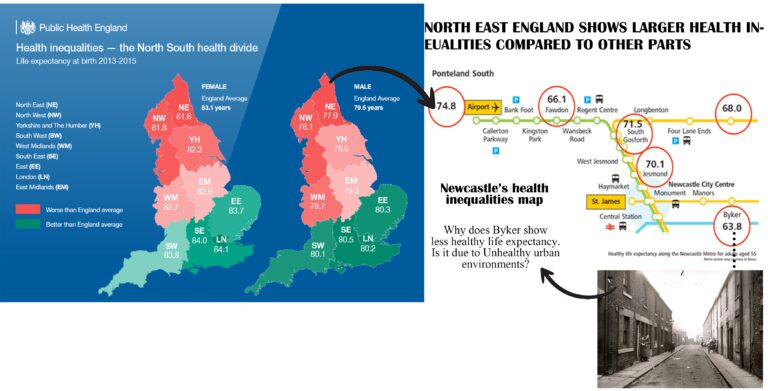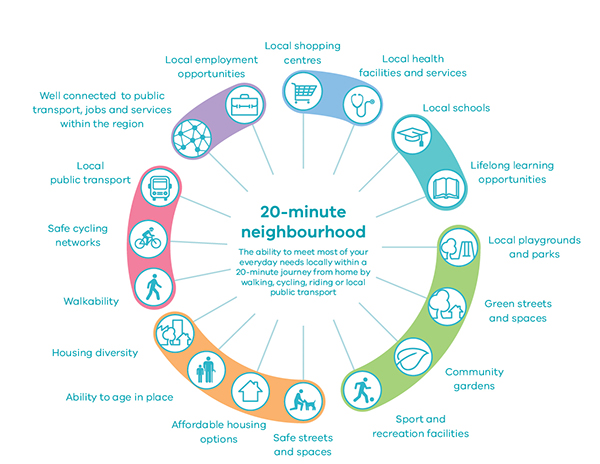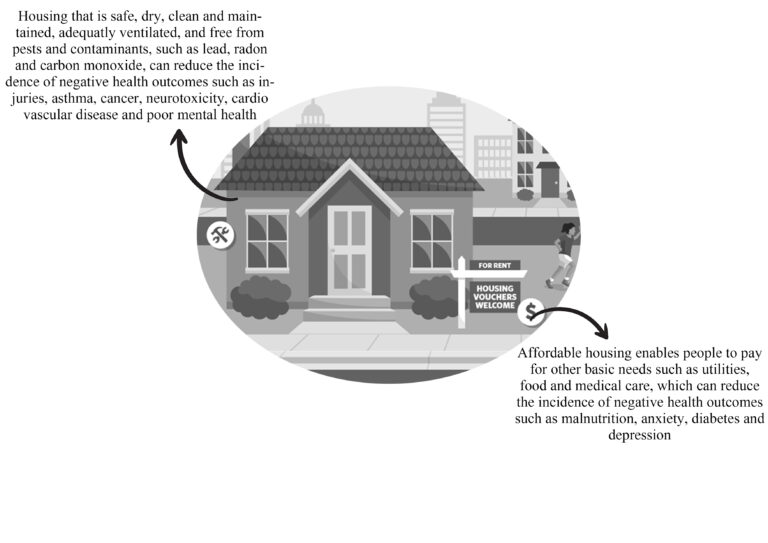HOW HEALTH AND URBAN DESIGN ARE INTER RELATED
‘Health’ and ‘place’ is long termly connected to each other from ancient era. Most ancient European cities were healthy.

The city of Bath, England- Stand for a new class of urban centers, spas, and seaside resorts, which focused on the provision of health and leisure, and which often looked to Bath as their model.
Rome, Italy- It is clear that ancient Roman engineers were very concerned about the health of their people since they built sophisticated water systems to provide clean water to them. By constructing several public baths, water fountains, and toilets around town squares, they encouraged cleanliness and sanitation. Furthermore, Vitruvius’ classical treatise on architecture (Morgan 1960, p. 21) counselled town planners to steer clear of locating their towns near marshy areas because those locations were known to be prone to fevers and ague. Later urban planners usually disregarded or forgot about these technological advancements in a number of early civilizations.
HEALTH INEQUALITIES IN ENGLAND, UK

Urban areas tended to be in less health than rural ones, as was well documented throughout history. This was primarily due to their crowded and unhygienic living conditions, which made their people particularly vulnerable to illnesses. Therefore, a large portion of the increase in sickness and mortality was caused by the very establishment of these harmful man-made surroundings.
PRINCIPLES THAT CAN LEAD HEALTHY URBAN SPACES AND CITIES
Built and natural environments are major determinants of health and well-being. Planning in local authorities plays a key role in health and well-being and we must encourage efforts to create healthier food environments, planning proposals that promote healthy and vibrant communities.
Principles that could help to produce a healthier urban environment:
1. Create compact neighbourhoods (1) – Designing a neighbourhood should be such a way that it should be friendly to travel and live for the people. It should be compact as well as sustainable to support a healthy lifestyle.
An approach to create compact neighbourhoods- Melbourne City plans to build a city of 20-minute neighbourhoods as part of a strategy to build compact neighbourhoods (2). Local employment, services, amenities, social infrastructure, green space, a range of housing options, safe walking and cycling networks, dependable public transportation, and a vibrant social and cultural life can all be found in 20-minute neighbourhoods, which can support strong and sustainable communities.

20-minute neighbourhood is a place-based design strategy that has the potential to improve public health and well-being as well as social cohesion, and this includes a network of improved active transportation.
2. Maximize active travel
Active travel simply means making journeys in physically active ways – like walking, or cycling.
Maximizing active travel to create a healthier city can be achieved by:
- Infrastructure upgrading e.g. footpath renewal, new tracks, new cycle paths, lighting, bike stands, shared space or pathway projects, etc.
- A programme to increase awareness of the benefits of cycling and walking.
- A focus on connectivity and location for important city regions like the central business district, schools, and neighbourhoods.
More than walking and cycling: What is ‘active travel’?

3. Foster health in homes and buildings
A healthy city starts with healthy housing. Housing should be adaptive to all seasons, safe, and affordable for citizens.

4. Create urban green environments and enable healthy play and leisure
Access to open spaces and leisure and recreational facilities has a direct and indirect impact on people’s physical and mental health, but it can also help them build their social capital. Green space has been linked to a decrease in childhood and adolescent obesity in America (Liu et al 2007). There is also compelling evidence linking access to parks and sporting venues to higher levels of physical activity and a decrease in a number of chronic illnesses like cancer, heart disease, and musculoskeletal issues (Department of Health 2012).
New York City is quite a good example of having a lot of urban green spaces that support to have healthy leisure and recreational activities. The city is engaged with many interesting and famous parks and plazas.

If you’re wondering why New York City has such beautiful parks and plazas, it’s because the city planning commission’s zoning legislation established some restrictions. The city permitted the construction of additional office space as long as private property owners agreed to provide parks and public plazas on the ground floor. It was termed as “Density bonuses” . Due to this, practically all developers joined the programme. By 1972, twenty acres of the most valuable land in the world had been set aside for parks and plazas in New York, thanks to an innovative ordinance that had had positive results. (3).
REFERENCES:
Figure 1: Bath circus- https://www.bbc.co.uk/news/uk-england-somerset-56040174
Figure 2: Health inequalities in England- gov.uk and https://www.ncl.ac.uk/press/articles/archive/2013/09/closingthegapinhealthinequalitypioneeringsimulation.html
Figure 3: 20 minute neighbourhood – https://theconversation.com/people-love-the-idea-of-20-minute-neighbourhoods-so-why-isnt-it-top-of-the-agenda-131193
Figure 4: Forms of active travel- https://www.sciencedirect.com/science/article/pii/S0967070X22002025
Figure 5: Housing qualities- https://bsee.co.uk/the-true-extent-and-costs-of-poor-quality-housing-and-buildings-in-the-uk/
Figure 6: Parks of NewYork- https://www.nycgovparks.org/highlights/fountains-in-nyc-parks
(1)- Putting health into place- https://www.england.nhs.uk/publication/putting-health-into-place-executive-summary/
(2)- Melbourne city- https://www.planmelbourne.vic.gov.au/highlights/healthy,-vibrant-and-inclusive-neighbourhoods
(3)- “The Design of Spaces” from City: Rediscovering the Center (1988) by William H. Whyte


